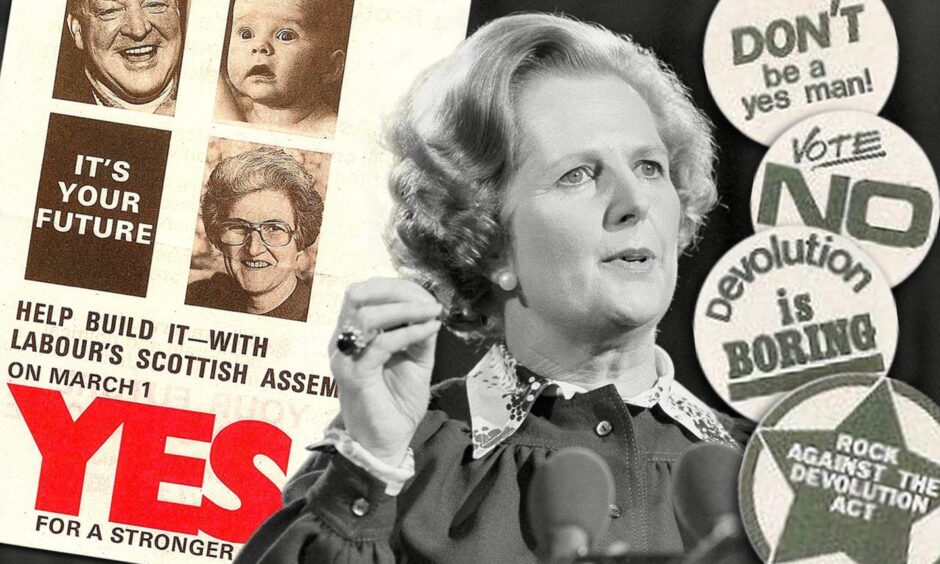
Scotland voted to get its own parliament back in 1979 but instead got Margaret Thatcher and 18 years of Tory rule.
In 1978 the Wales Act and the Scotland Act were passed by Jim Callaghan’s Labour government with the hope of devolving powers to Wales and Scotland.
It would go before a vote 45 years ago.
A simple majority was not enough after the intervention of Islington South and Finsbury backbench Labour MP George Cunningham, who was born in Dunfermline.
He strongly opposed Scottish devolution and moved an amendment to say that a referendum in favour had to be approved by 40% of the total registered electorate.
The referendum took place on March 1
The Yes campaign was backed by the Labour government, the Scottish Labour Party, Scottish trade unions, the Scottish National Party and Sean Connery.
Tories and businessmen in Scotland urged a No vote.
The Courier set the scene before 3.5 million Scots were asked to make a decision that would “radically change the way their country is governed”.
The newspaper said: “The view of most politicians in Scotland after a spirited and sometimes vitriolic campaign is that the majority will say ‘Yes’.
“But that majority is unlikely to reach the 40% of the electorate which is needed for the government to put before parliament the measure which would bring the Scottish Assembly into operation.
“If the size of the ‘Yes’ vote is less than 40%, MP’s at Westminster might still decide whether the Assembly is set up or not.
Consequences for government of 1979 referendum ‘could be serious’
“The 40% target for ‘Yes’ votes is 1,498,844.
“The consequences of the referendum result for the government could be serious and may bring about an early general election.
“Nationalist MP’s plus 13 Liberals are likely to join with Tories in bringing down Mr
Callaghan’s administration in an early confidence vote if the Assembly is not set up.
“A ‘Yes’ vote of more than 40% will mean Scottish Assembly elections in the
autumn – possibly only a few weeks before the General Election.”
Callaghan and his colleagues campaigned in Scotland before the vote and warned this was Scotland’s last chance for generations to get a local say in her own affairs.
No campaigners stressed it would mean another unwanted tier of government, extra bureaucracy, more taxes and lead down a slippery slope to the break up of Britain.
Scottish Secretary Bruce Millan was hoping for a 70% turnout on March 1 and called on Scots to “assert their self confidence” and support devolution.
He said: “It would be an expression by Scots of their lack of self-confidence if they voted ‘No’ and it would be difficult for anyone to take them seriously again when they talk about handling their own affairs.”
The chairman of the anti-devolution campaign, Lord Wilson, a former Labour MP, said he was confident that Scottish voters would go against devolution.
A narrow margin won the day in Tayside
Counting started the following morning on March 2 1979 and results were declared for each of the 12 regions from lunchtime onwards.
The turnout in Tayside was 63.14% with 185,089 votes cast throughout the region.
In the Caird Hall 180 counters faced the job of sorting out the votes from 450 ballot boxes brought into Dundee under close security from all over Tayside.
Getting a really close look at the referendum were a group of Dundee pupils drawn from the city’s senior schools who acted as runners in the main counting hall.
Observers watched anxiously as the votes piled up almost neck and neck on the giant No and Yes tables as the ballot boxes were emptied and counted.
Even when all the voting papers had been sorted and placed on the tables, it was clear it was going to be close.
The tension mounted even further as there was a delay of more than 20 minutes, which culminated in a nervous slow hand clap, before the announcement.
Archibald Martin, Tayside Region chief returning officer, declared amid cheers a narrow majority of 1,843 for the No vote.
The No vote was 93,325 with Yes polling 91,482.
Barbara Vaughan was the chairman of the Scotland says No campaign in Dundee.
She said: “We are delighted with the vote.
“It shows the government that Tayside is giving no mandate to them to set up an
Assembly in Scotland at the present time.”
George Galloway — who was 24 at the time — was a rising star of the Dundee Labour Party and campaigned for a Yes vote.
He said: “Naturally we are disappointed at the result, although it probably reflects the strong traditional Tory dominance of Tayside’s rural areas.
“We are perfectly convinced, however, that there was a strong ‘Yes’ majority in the city of Dundee.
“Undoubtedly the fear of an SNP-type separation has regrettably driven many voters into the ‘No’ camp.
“The position of the Labour Party in Dundee remains that if there is a majority of voters in favour of the Assembly, then the government should make every effort to see that the will of the majority prevails and the Assembly is established.”
Scotland was split down the middle
Gordon Brown was chairman of Labour’s devolution committee and spoke in support of Yes at 30 meetings over three days in a “whirlwind weekend” before the vote.
The future prime minister urged voters not to be swayed by the “scaremongering and false fears peddled by the money men of the No campaign”.
It worked.
In Fife the voting was 86,252 for Yes and 74,436 for No.
The Yes vote represented 35.4% of the electorate.
All eight Welsh counties gave a resounding no to plans for an Assembly in Cardiff, while the story across Scotland’s 12 regions and island areas was different.
Six had voted Yes (Central, Fife, Highland, Lothian, Strathclyde, Western Isles) and six No (Borders, Dumfries and Galloway, Grampian, Orkney, Shetland, Tayside).
In a turnout of 63%, 52% wanted devolution with 1,230,937 votes against 1,153,502.
The total Yes vote amounted to only 33% of the electorate.
Donald Stewart, leader of the SNP at Westminster, called on Callaghan to go ahead with a Scottish Assembly even though the “magic 40% figure” was nowhere near achieved.
He didn’t.
The Cunningham amendment sealed the fate of Callaghan’s minority administration.
Following this there was a vote of no confidence.
The SNP voted with the Tories and the Liberals to end the Labour government and Callaghan derided them in a famous speech as “turkeys voting for an early Christmas”.
Margaret Thatcher won the subsequent election with a majority of 43 seats and repealed the Scotland Act and stayed in Number 10 before resigning in 1990.
It would be 1997 before Labour returned to power and that year’s referendum brought the Scottish Parliament back for the first time since 1707.
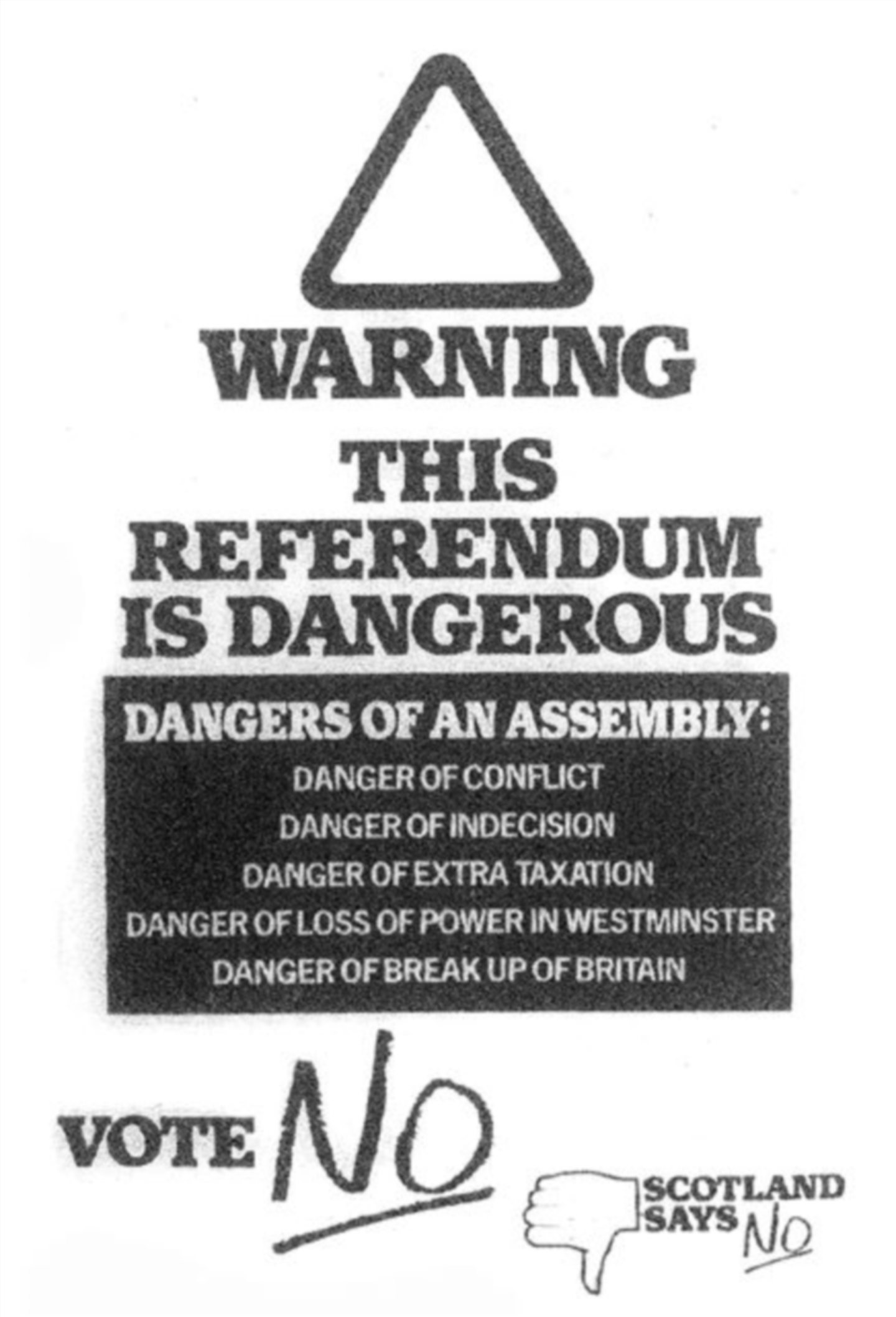
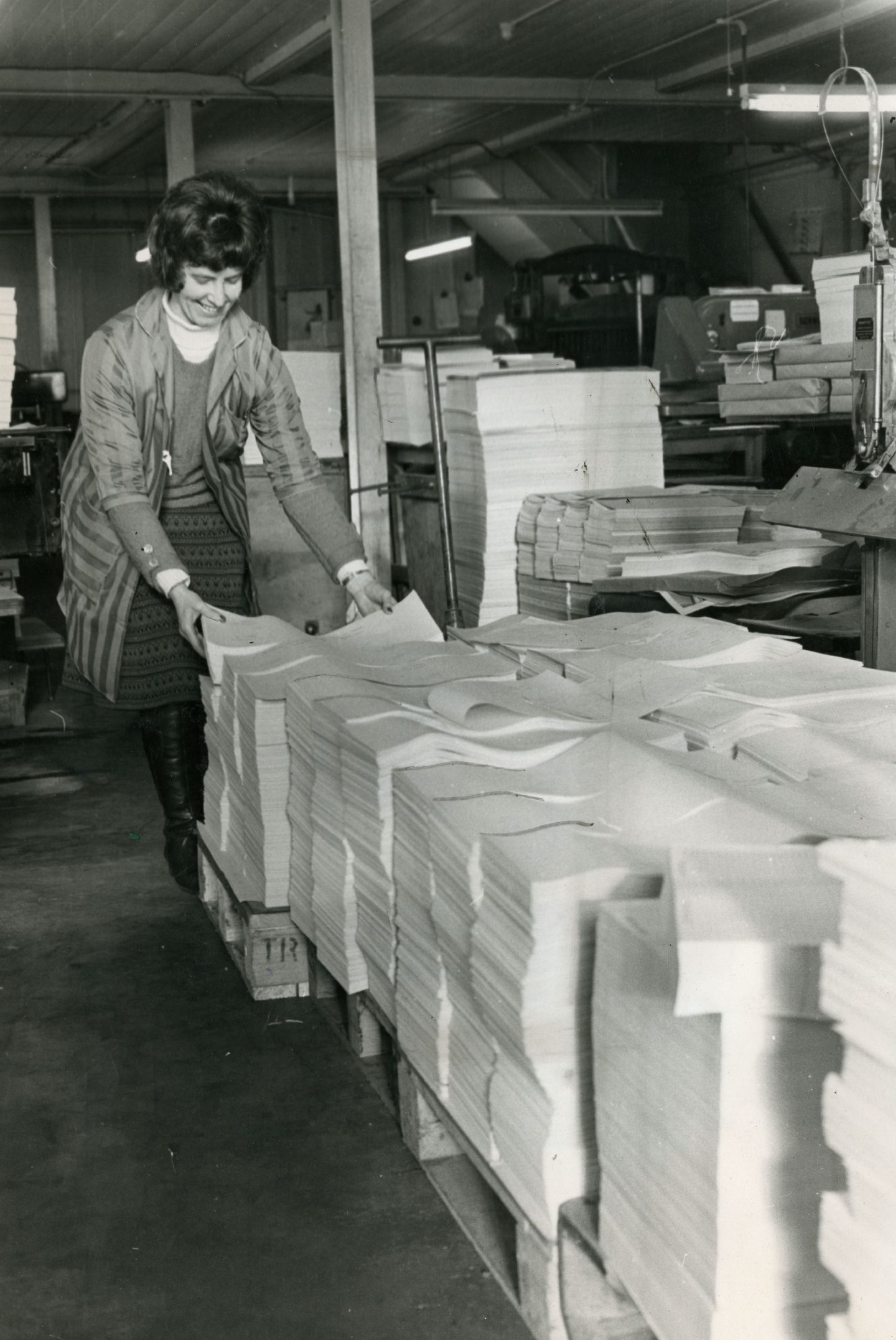
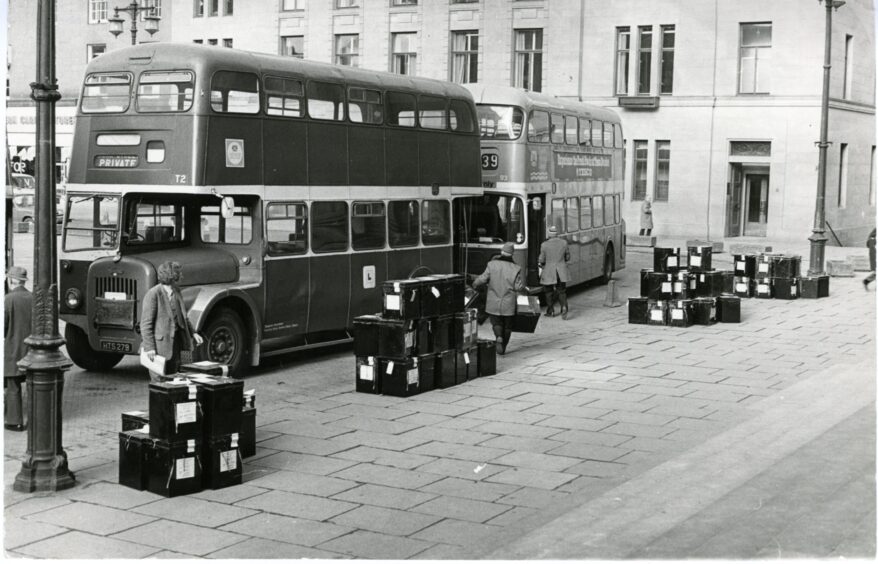
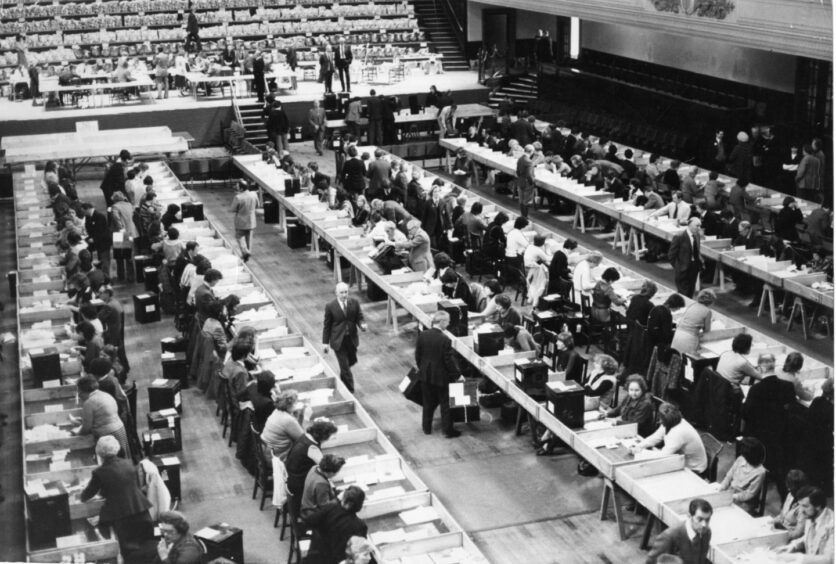
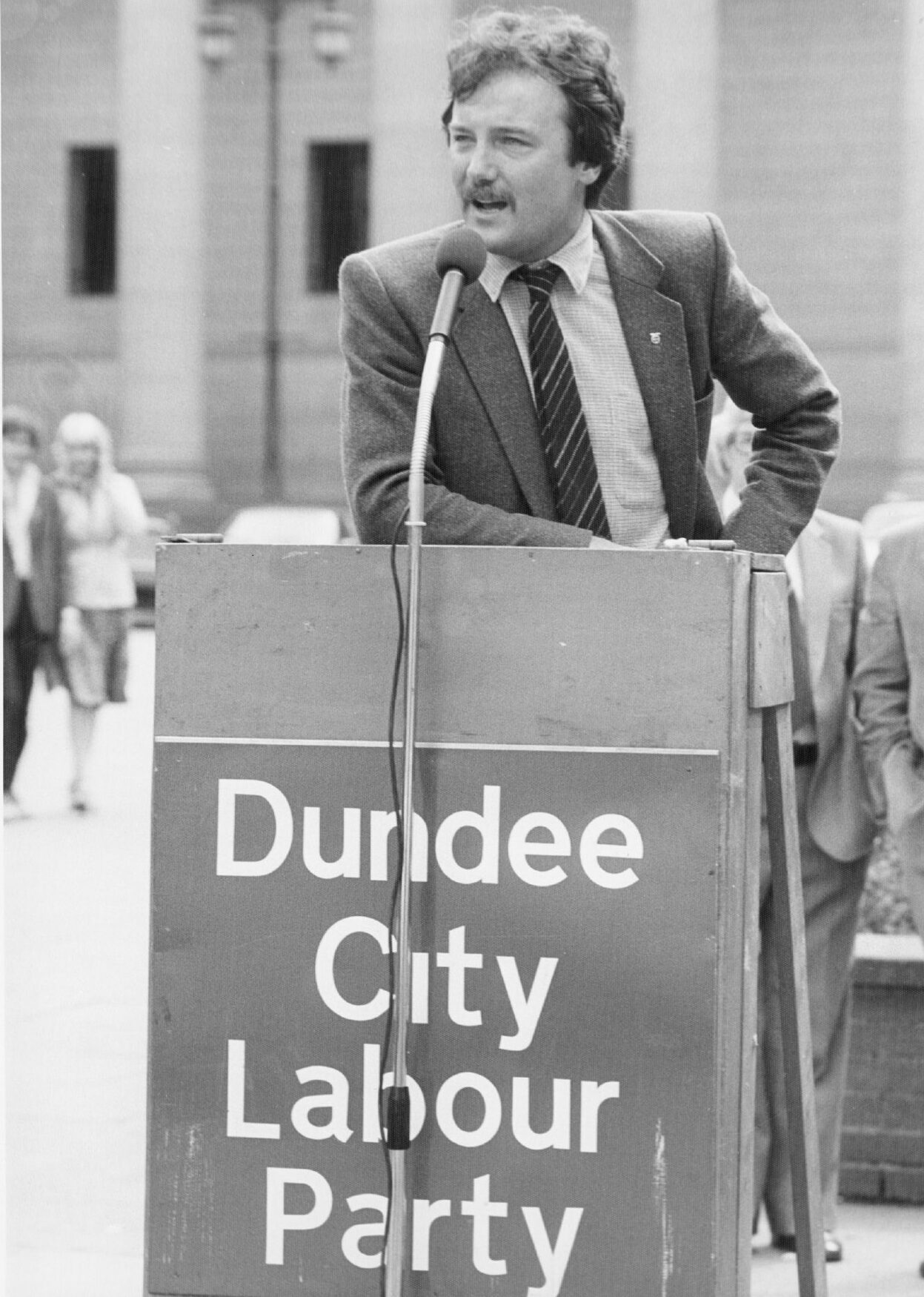
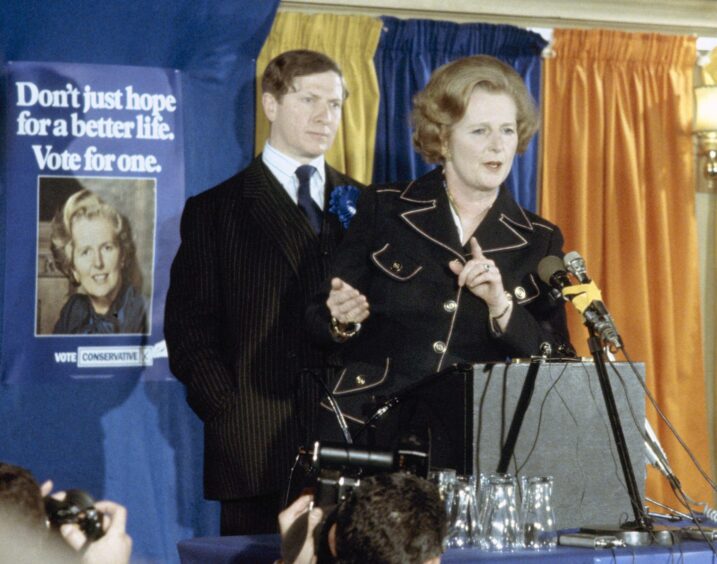
Conversation